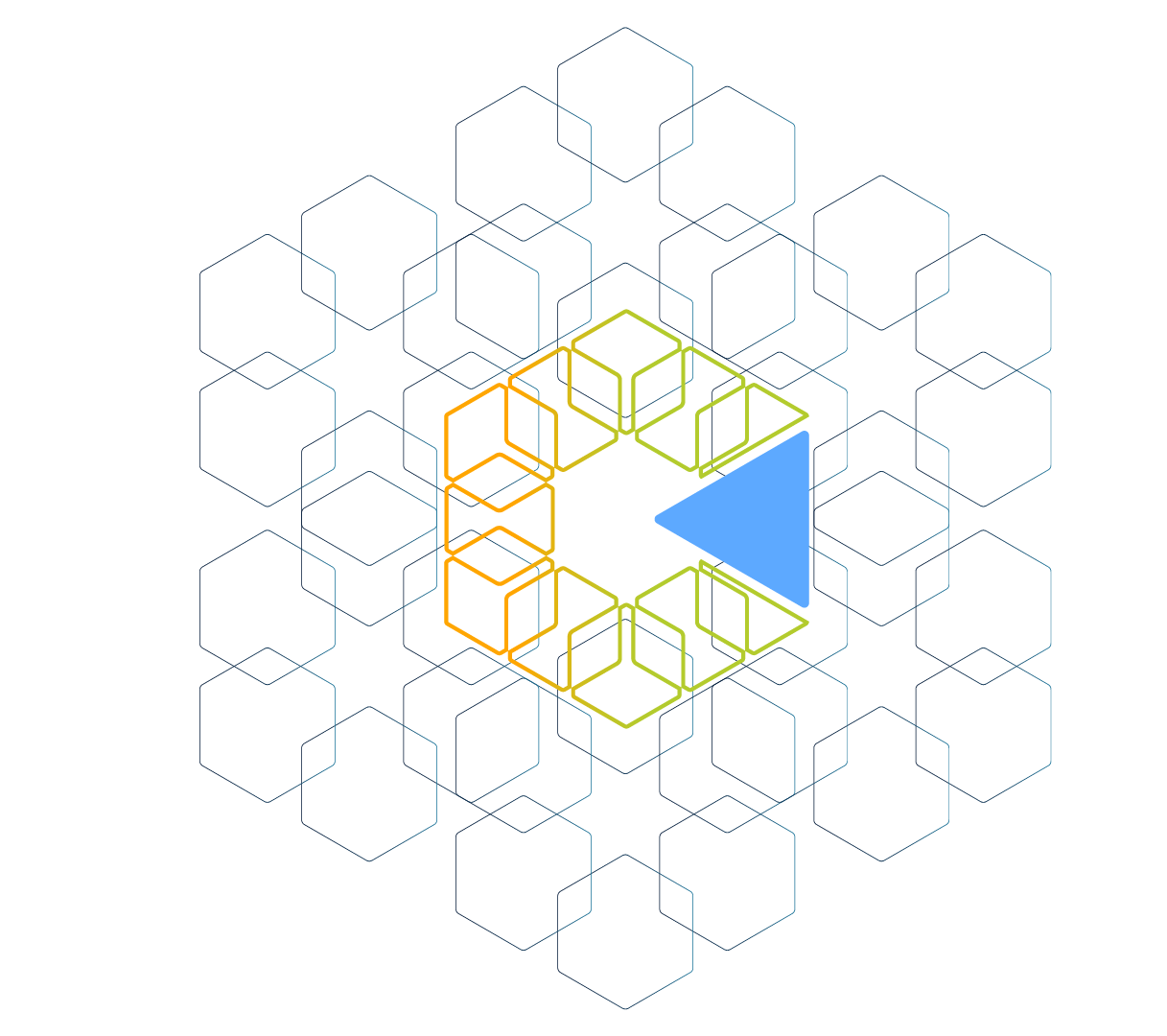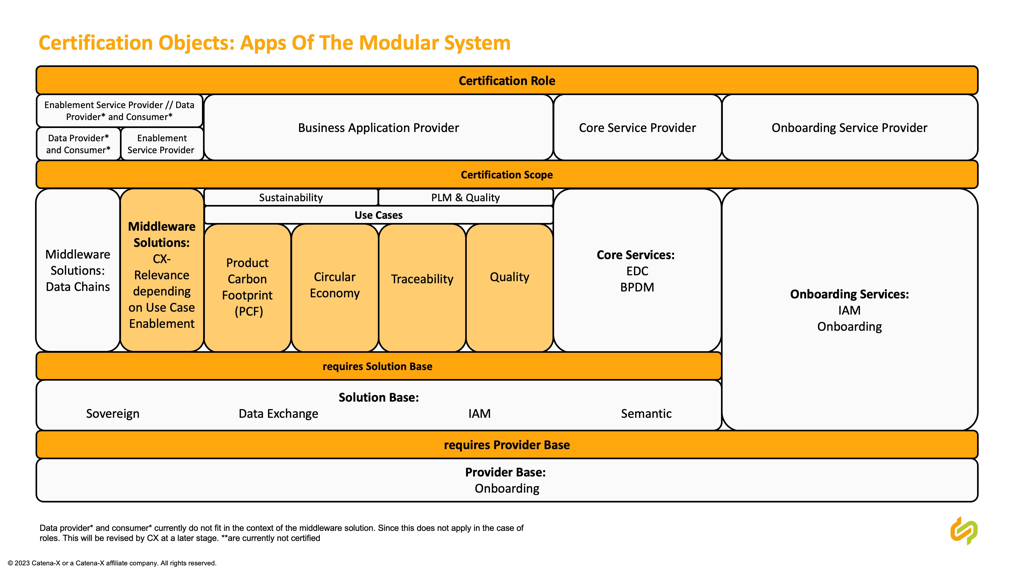In the following we will describe a selection of standards that need to be covered to receive the official Catena-X certification as an Enablement Service Provider for EDC.
- CX – 0002 DIGITAL TWINS IN CATENA-X
- CX – 0003 BAMM/SAMM ASPECT META MODEL
- CX – 0044 ECLASS
Please note that this is only a selection and further standards need to be covered to receive Catena-X certification.
CX – 0002 DIGITAL TWINS IN CATENA-X
This standard sets the requirements for three interrelated elements the Digital Twin, Digital Twin Registry and the Asset Administration Shell.
Digital Twins are virtual replicas of physical objects, systems, or processes that provide real-time simulations and analysis. They enable monitoring, control, and optimization of their physical counterparts, facilitating improved decision-making, efficiency, and innovation across various industries. In the context of Catena-X, a digital twin is a virtual representation of an asset.
A Digital Twin Registry (DTR) is a centralized or decentralized platform that stores and manages information about digital twins. It serves as a catalog or directory, providing a comprehensive inventory of digital twins, their characteristics and semantics, and relevant metadata, facilitating easy access, discovery, and collaboration among users and stakeholders.
An Asset Administration Shell (AAS) is a standardized, digital representation of a physical asset or a group of assets. It contains comprehensive information about the asset’s properties, behaviors, and relationships, serving as a foundational element for interoperability, communication, and management of assets within the Industrial Internet of Things (IIoT) and Industry 4.0 paradigms. In Catena-X the AAS is a set of API Methods and Resources to access data of a digital twin.
CX – 0003 BAMM/SAMM ASPECT META MODEL
The BAMM/SAMM Semantic Aspect Meta Model is a framework that provides a structured approach for capturing and representing various aspects of a system. It allows for the modular and flexible organization of information, enabling an understanding and analysis of complex systems by considering multiple perspectives, such as business, application, data, and technology aspects. In Catena-X it is used for defining the semantics of the different data aspects of an asset that is represented via a digital twin accessible via the digital twin API of the Asset Administration Shell.
CX – 0044 ECLASS
ECLASS is a standardized and internationally recognized classification system for product and service information. It provides a hierarchical structure and consistent set of codes for categorizing and describing products, facilitating interoperability, data exchange, and integration across different industries and business processes.
In Catena-X: “The Asset Administration Shell (AAS) has standardized the structure including the different submodels defined in IDTA, and ECLASS has standardized the semantics for information elements used for the definition of digital twins.” “ECLASS is to be preferred within Catena-X for the semantic description of models and their attributes.” (C-X 0044 ECLASS v.1.0.2)
These standards enable highly scalable and interoperable data exchange with the Connector. In our opinion, a continuous extension of the standardization is necessary to establish an ecosystem in which collaboration along the entire value chain can thrive. We are highly motivated to continue to meet the standards in order to provide our customers with a fully managed and compliant Connector for Catena-X.

“Catena-X certifications build trust through transparency and reliability based on our Catena-X standards. By establishing a certification process, we ensure that our key principles – interoperability and data sovereignty – are reflected in every component of the network. A certificate attests to all Catena-X users that a particular solution or software component is interoperable, compliant with data privacy laws, and secure for use in the Catena-X data space.”


 The certification process was conducted by a conformity assessment body (CAB), which is a trusted partner of the Catena-X Association who thoroughly assessed and validated the CaaS. In order to achieve the full level of certification, several standards must be met. In this article we will dive deeper into the standards that our CaaS meets to give us the full certification level as a Catena-X Enablement Service Provider.
The certification process was conducted by a conformity assessment body (CAB), which is a trusted partner of the Catena-X Association who thoroughly assessed and validated the CaaS. In order to achieve the full level of certification, several standards must be met. In this article we will dive deeper into the standards that our CaaS meets to give us the full certification level as a Catena-X Enablement Service Provider.